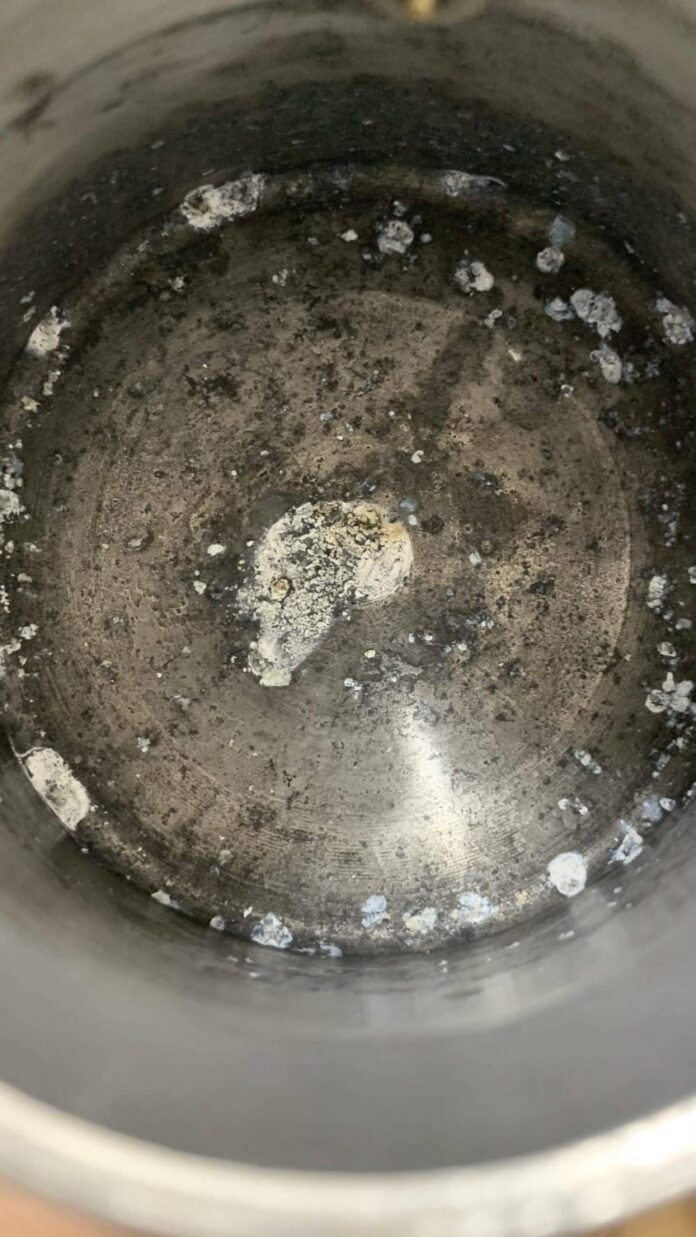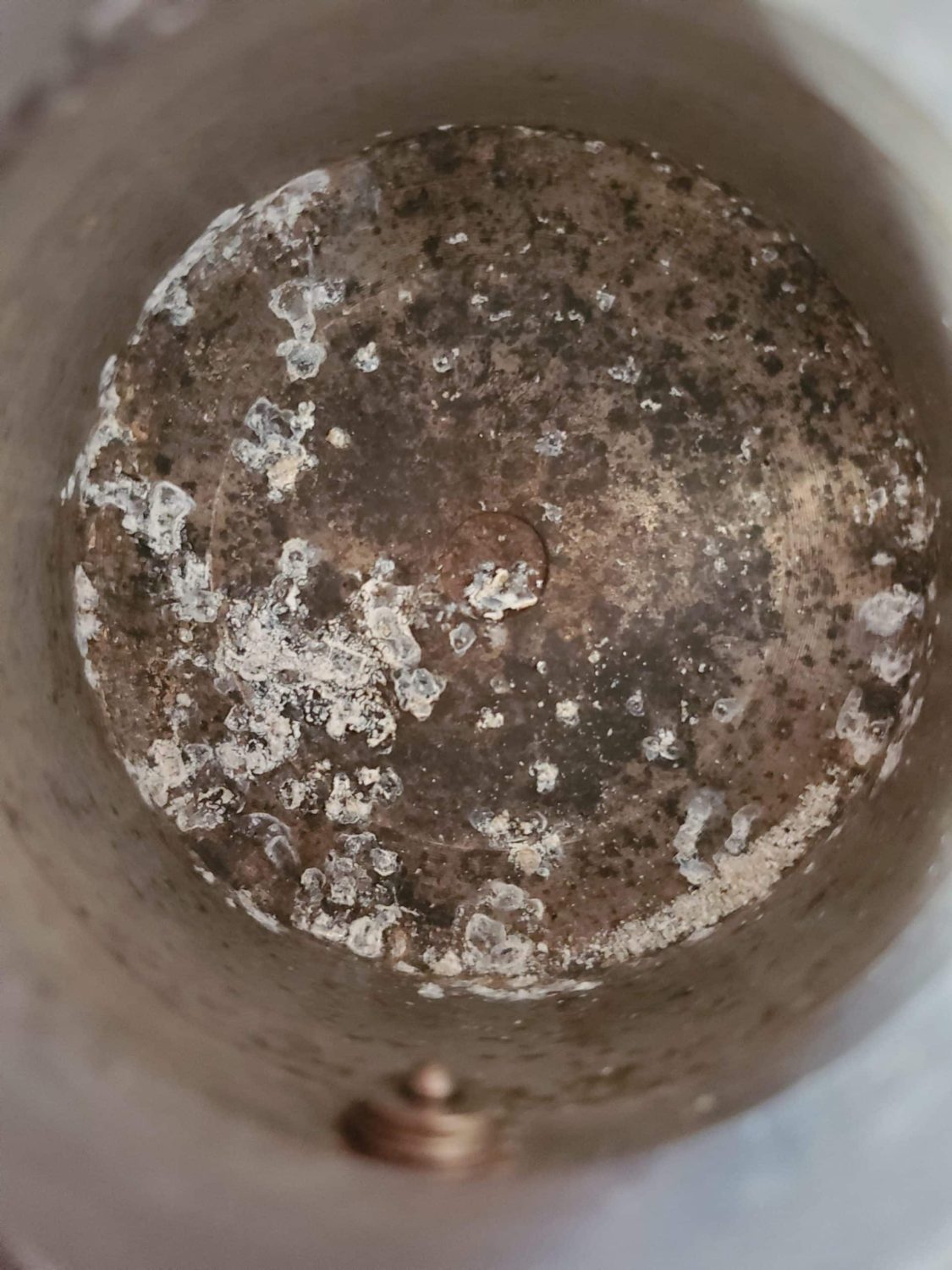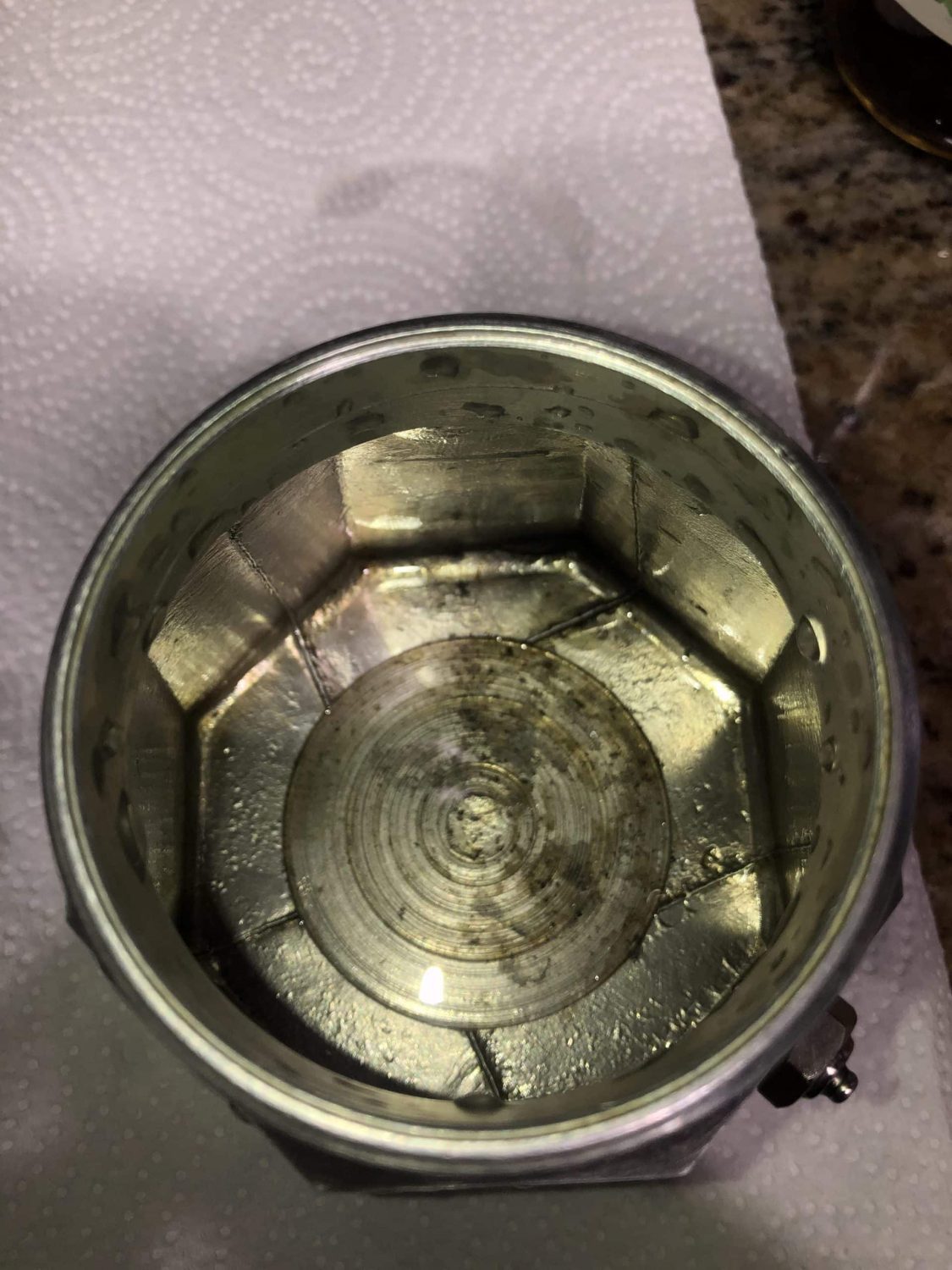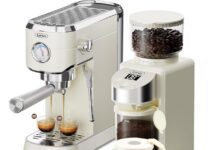Have you ever wondered about the strange white stuff that accumulates on the bottom of your beloved Bialetti coffee maker? You know, that mysterious residue that seems to appear out of nowhere? Well, fear not, because we’re here to shed some light on this enigmatic substance. In this article, we’ll explore what exactly the white stuff is, why it forms, and how you can keep your Bialetti sparkling clean for your morning caffeine fix. So, let’s dive in and unravel the secrets of this peculiar phenomenon!
What is the white stuff on the bottom of my Bialetti?
Mineral Deposits
One possible explanation for the white stuff on the bottom of your Bialetti is the presence of mineral deposits. These deposits can occur when the water used in the coffee-making process contains a high concentration of minerals such as calcium and magnesium. As the water evaporates during the brewing process, these minerals are left behind, leading to the formation of a white residue on the bottom of your Bialetti.
Calcium Buildup
A specific type of mineral deposit that commonly forms on the bottom of Bialetti coffee pots is calcium buildup. Calcium is a naturally occurring mineral found in many water sources, and when present in high quantities, it can lead to the formation of scale. This white, chalky substance can accumulate over time and may appear on the bottom of your Bialetti as a result of repeated brewing.
This image is property of i.stack.imgur.com.
Limescale Formation
Limescale is another term used to describe the white residue that can accumulate on the bottom of coffee pots like Bialetti. Limescale is formed when hard water containing high levels of minerals is heated. The heat causes the dissolved minerals to solidify and adhere to surfaces, including the bottom of your Bialetti. This can result in a stubborn white residue that is difficult to remove without proper cleaning.
Boiling Water Content
The type of water used during the brewing process can also contribute to the presence of white residue on the bottom of your Bialetti. If the water contains a high level of dissolved solids, such as calcium and magnesium, these minerals can precipitate out and form a white film when the water is heated to boiling point. Using filtered water or bottled water with low mineral content may help reduce the occurrence of white residue in your Bialetti.
This image is property of i.redd.it.
Frequency of Use
The frequency at which you use your Bialetti coffee pot can also impact the build-up of white residue on the bottom. If you use your Bialetti daily or on a regular basis, there may be a higher chance for mineral deposits to accumulate over time. However, if you only use it occasionally, the amount of white residue may be less noticeable. Regularly cleaning your Bialetti, regardless of how frequently you use it, can help prevent the build-up of white residue.
Cleaning Issues
Improper cleaning can contribute to the presence of white residue on the bottom of your Bialetti. If the pot is not cleaned thoroughly after each use, coffee grounds and residual mineral deposits may remain on the bottom. Over time, these can lead to the formation of a white film. It is essential to follow the manufacturer’s cleaning instructions and ensure that all components are properly washed and rinsed after each use to prevent the accumulation of white residue.
This image is property of cdn.thecommonscafe.com.
Water Hardness
The hardness of the water used in your Bialetti can greatly affect the formation of white residue. Water hardness refers to the concentration of minerals in the water, primarily calcium and magnesium. Hard water with a high mineral content is more likely to leave behind white residue compared to soft water. If you live in an area with hard water, consider using a water softener or filtering your water before using it in your Bialetti to help minimize the occurrence of white residue.
Aluminum Oxide
The Bialetti coffee pots are typically made of aluminum, which can react with minerals in the water and contribute to the formation of white residue. Aluminum oxide, a white powdery substance, may appear on the bottom of your Bialetti over time. This is a natural reaction between the aluminum and minerals in the water and does not pose any health risks. Regular cleaning and maintenance can help reduce the presence of aluminum oxide on the bottom of your Bialetti.
This image is property of i.redd.it.
Pitting Corrosion
Pitting corrosion is another potential cause of the white stuff on the bottom of your Bialetti. This phenomenon occurs when the aluminum surface of your coffee pot starts to corrode. As the corrosion progresses, small pits or holes can form on the surface, trapping mineral deposits and leading to the appearance of a white residue. Using proper cleaning techniques and avoiding harsh chemicals can help prevent pitting corrosion and minimize the accumulation of white residue.
Avoiding White Residue
To avoid the formation of white residue on the bottom of your Bialetti, there are several steps you can take. First, consider using filtered or bottled water with low mineral content for brewing. This can significantly reduce the amount of mineral deposits that contribute to the white residue. Additionally, make it a habit to clean your Bialetti thoroughly after each use to remove any coffee grounds or residual minerals. Finally, if you live in an area with hard water, consider using a water softener or decalcifying your Bialetti regularly to prevent the build-up of white residue.
In conclusion, the white stuff on the bottom of your Bialetti can be attributed to various factors such as mineral deposits, calcium buildup, limescale formation, boiling water content, frequency of use, cleaning issues, water hardness, aluminum oxide, and pitting corrosion. By understanding these causes and implementing proper cleaning and maintenance practices, you can enjoy a residue-free Bialetti brewing experience. Cheers to a delicious cup of coffee!
This image is property of i.stack.imgur.com.










































